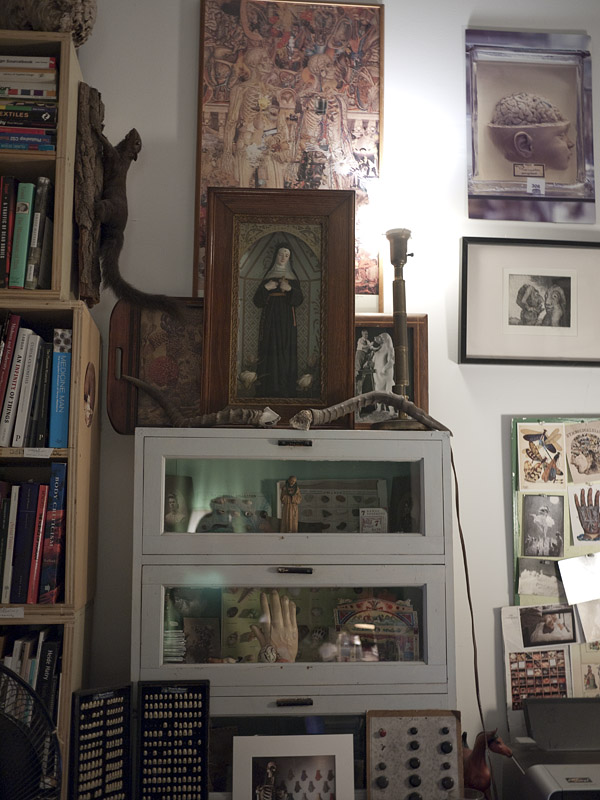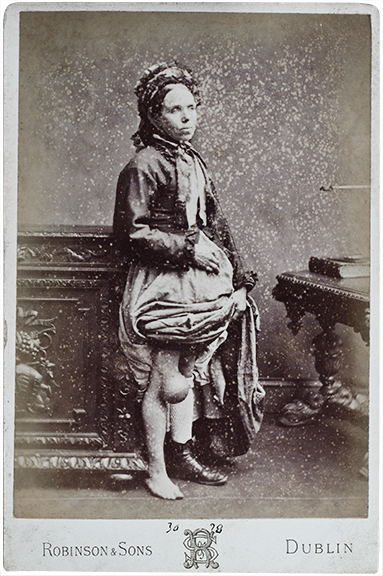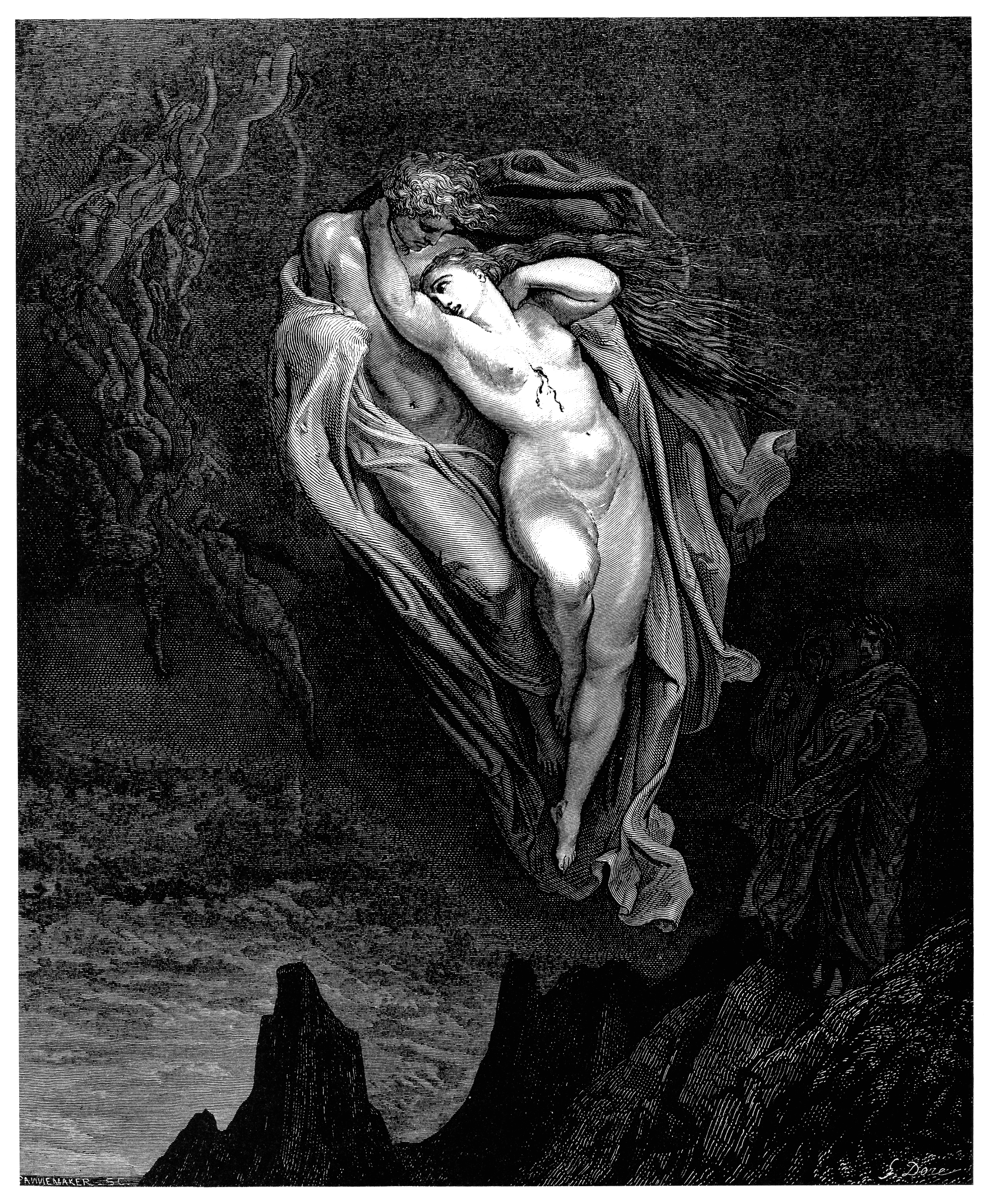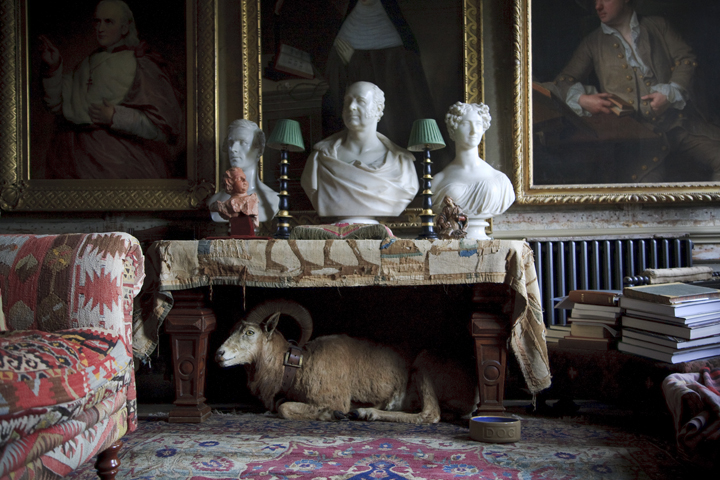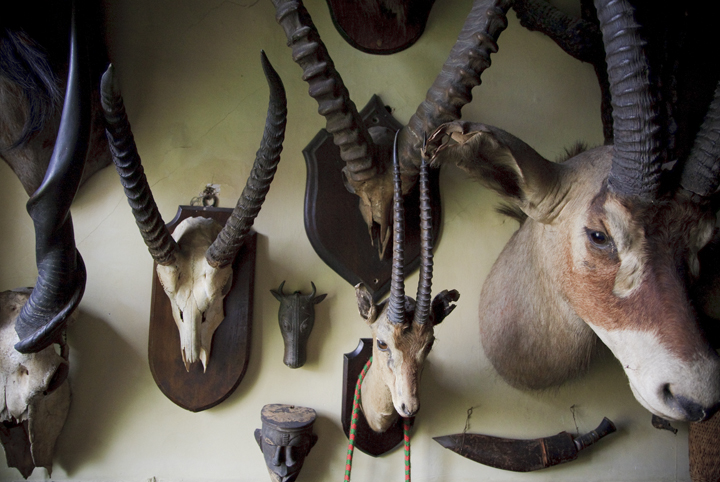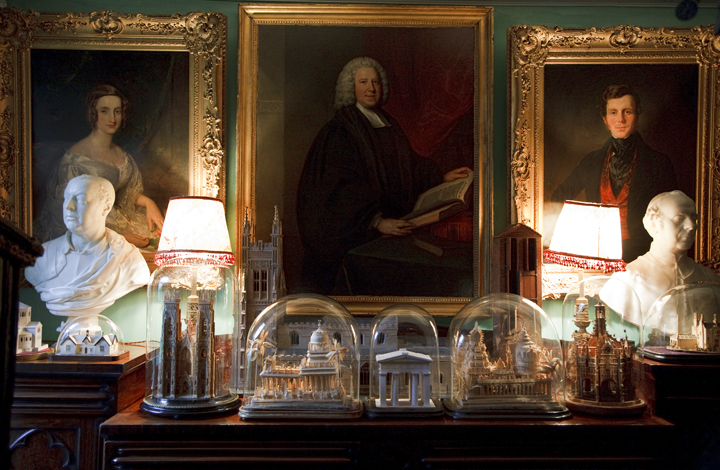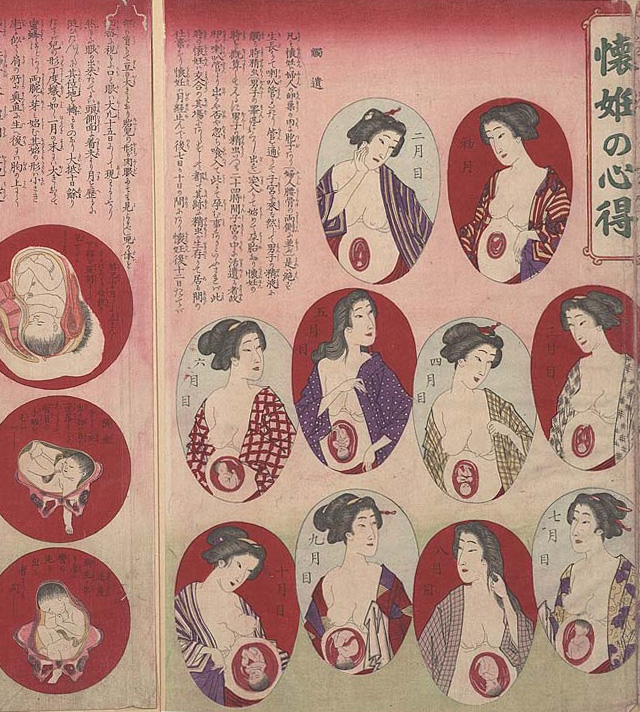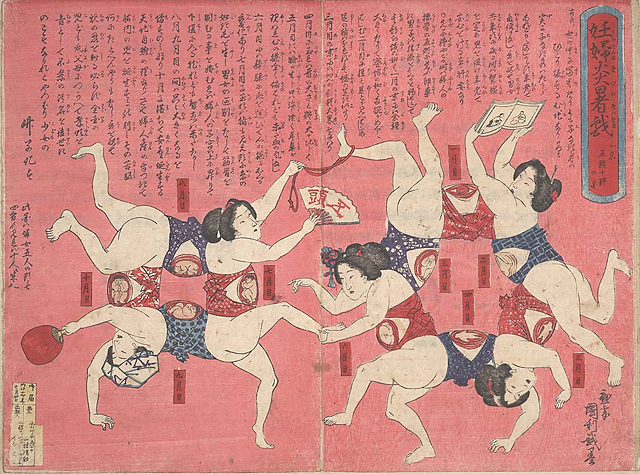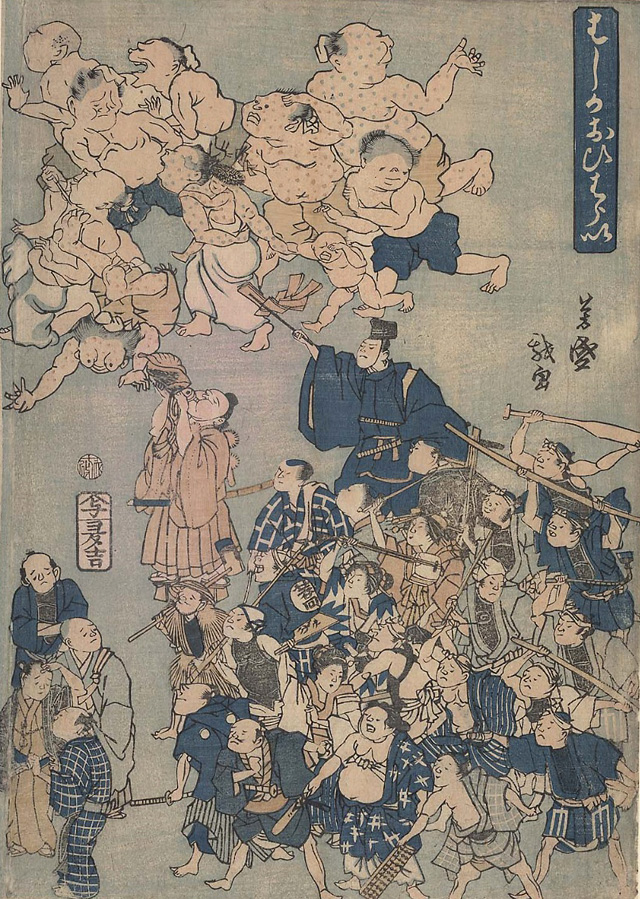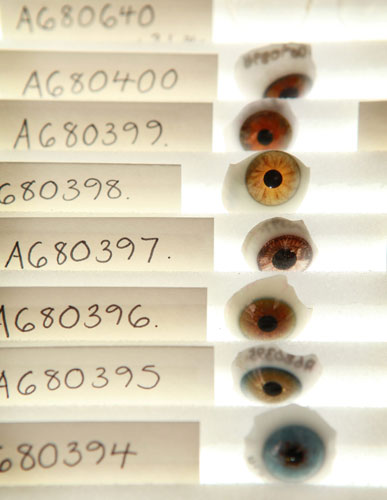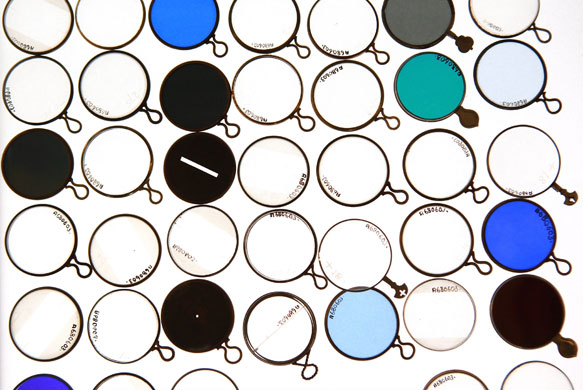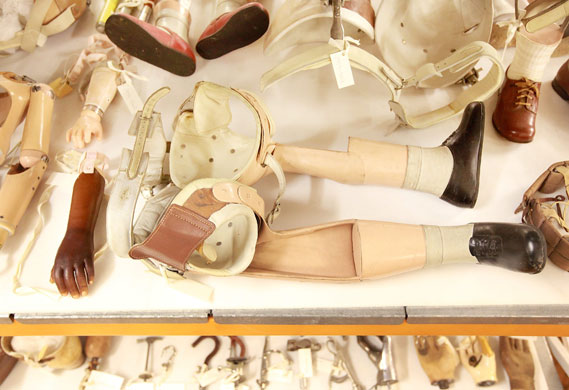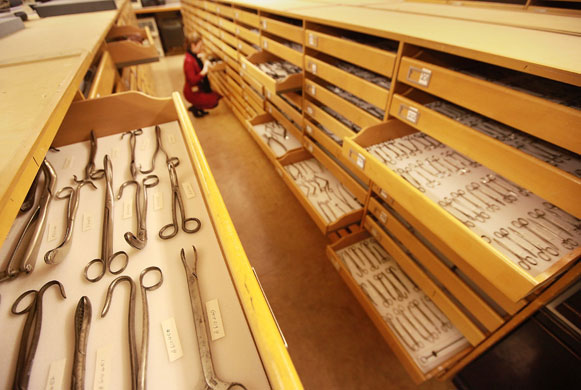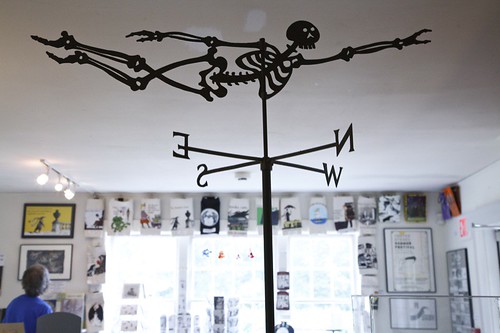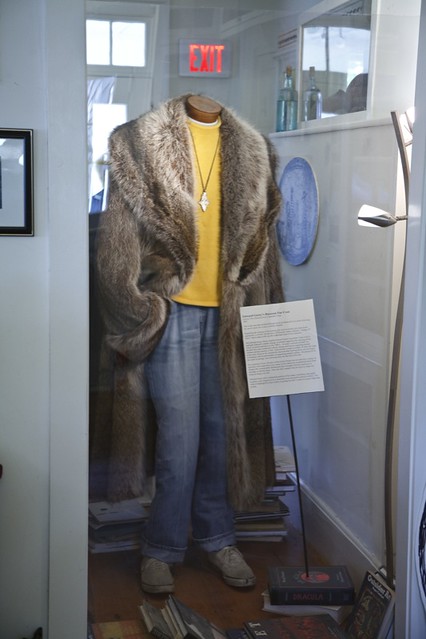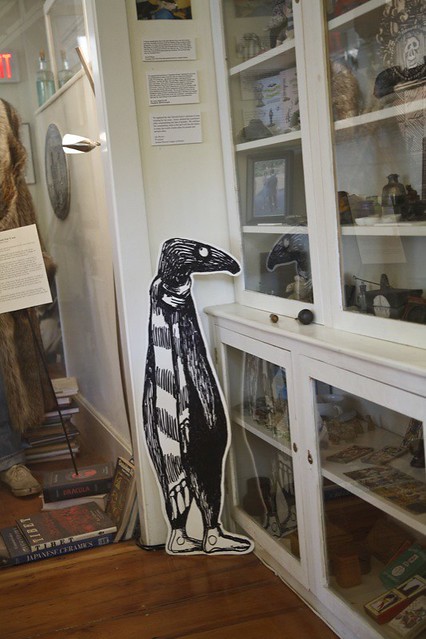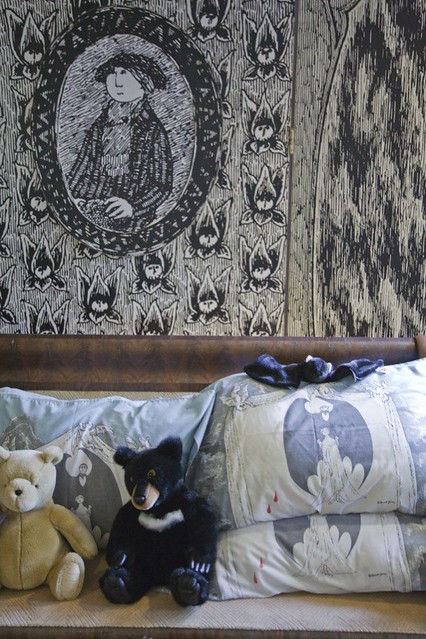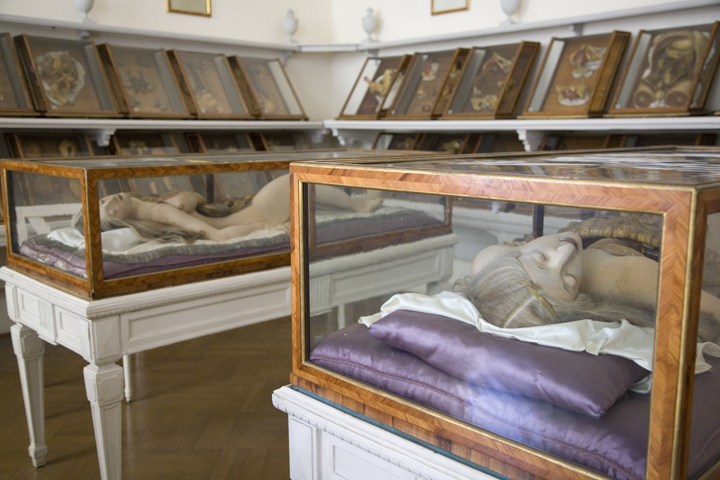
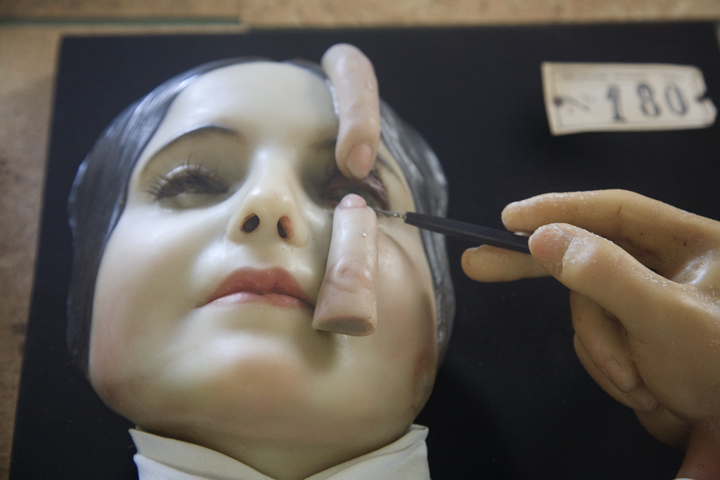
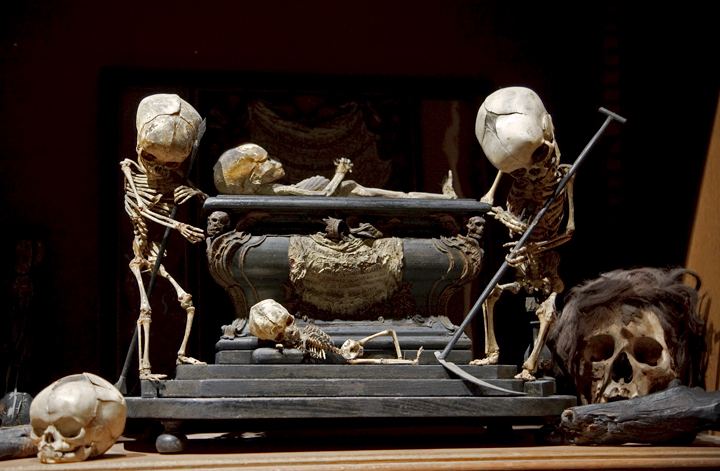
For all you Londoner's out there: on Thursday, October 7th at 6:00 PM, I will be giving a free lecture at University College London about anatomical museums and their curious denizens, heavily illustrated with many photographs I have been collecting over the years, such as those seen above.
The lecture is free and open-to-the-public. Full details follow; hope to see you there!
Anatomical Venuses, The Slashed Beauty, and Fetuses Dancing a Jig:You can download an invitation to the event by clicking here.
A Journey into the Curious World of the Medical Museum
Date: Thursday, October 7th
Time: 6 PM
Location: UCL, Department of History of Art
20 Gordon Square, WC1E 6BT London, Room 3-4 (first floor)
Tonight's lecture will introduce you to the the Medical Museum and its curious denizens, from the Anatomical Venus (see above) to the Slashed Beauty, the allegorical fetal skeleton tableau to the taxidermied bearded lady, the flayed horseman of the apocalypse to the three fetuses dancing a jig. The lecture will contextualize these artifacts by situating them within their historical context via a discussion of the history of medical modeling, a survey of the great artists of the genre, and an examination of the other death-related diversions which made up the cultural landscape at the time that these objects were originally created, collected, and exhibited.
All Images From The Secret Museum Exhibition;" Top to bottom:
- Anatomical Venuses," Wax Models with human hair in rosewood and Venetian glass cases,The Josephinum, Workshop of Clemente Susini of Florence circa 1780s, Vienna, Austria
- Wax Model of Eye Surgery, Musée Orfila, Paris. Courtesy Université Paris Descartes
- Fetal Skeleton Tableau, 17th Century, University Backroom, Paris

